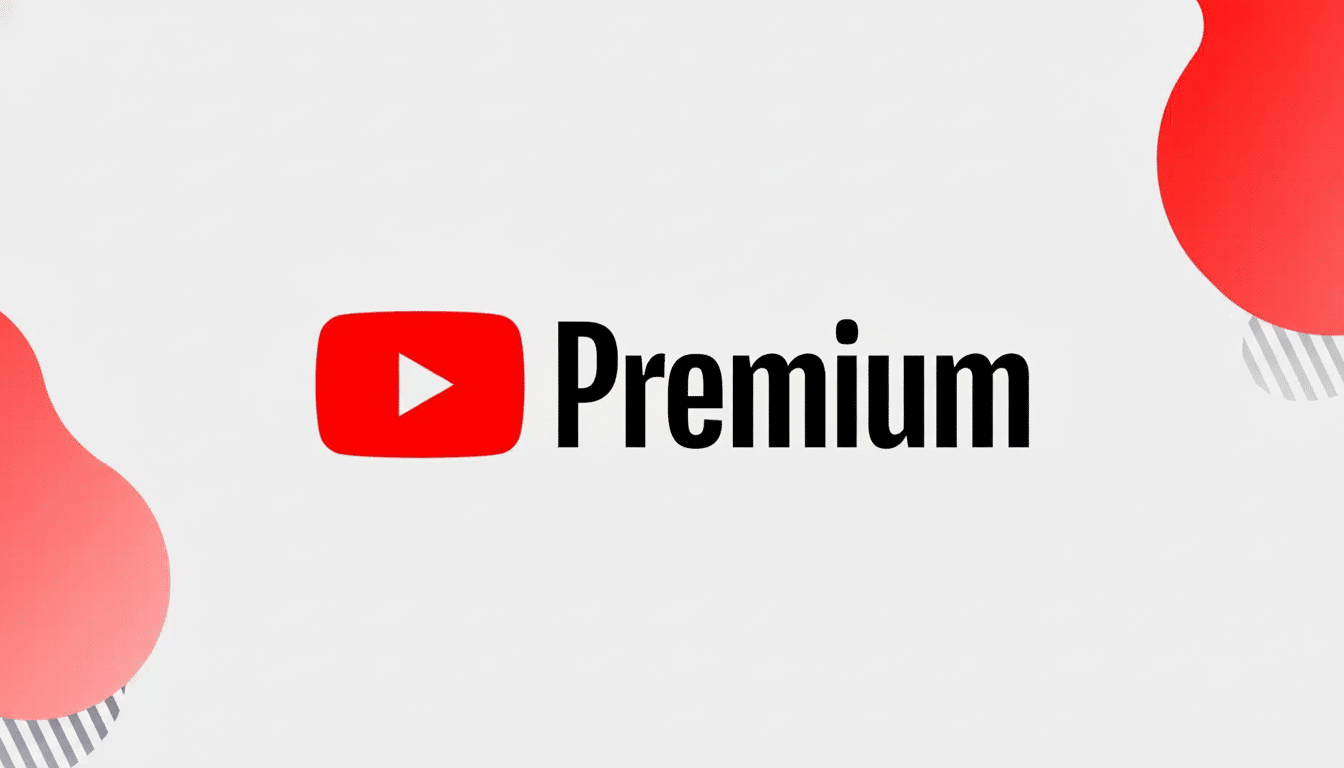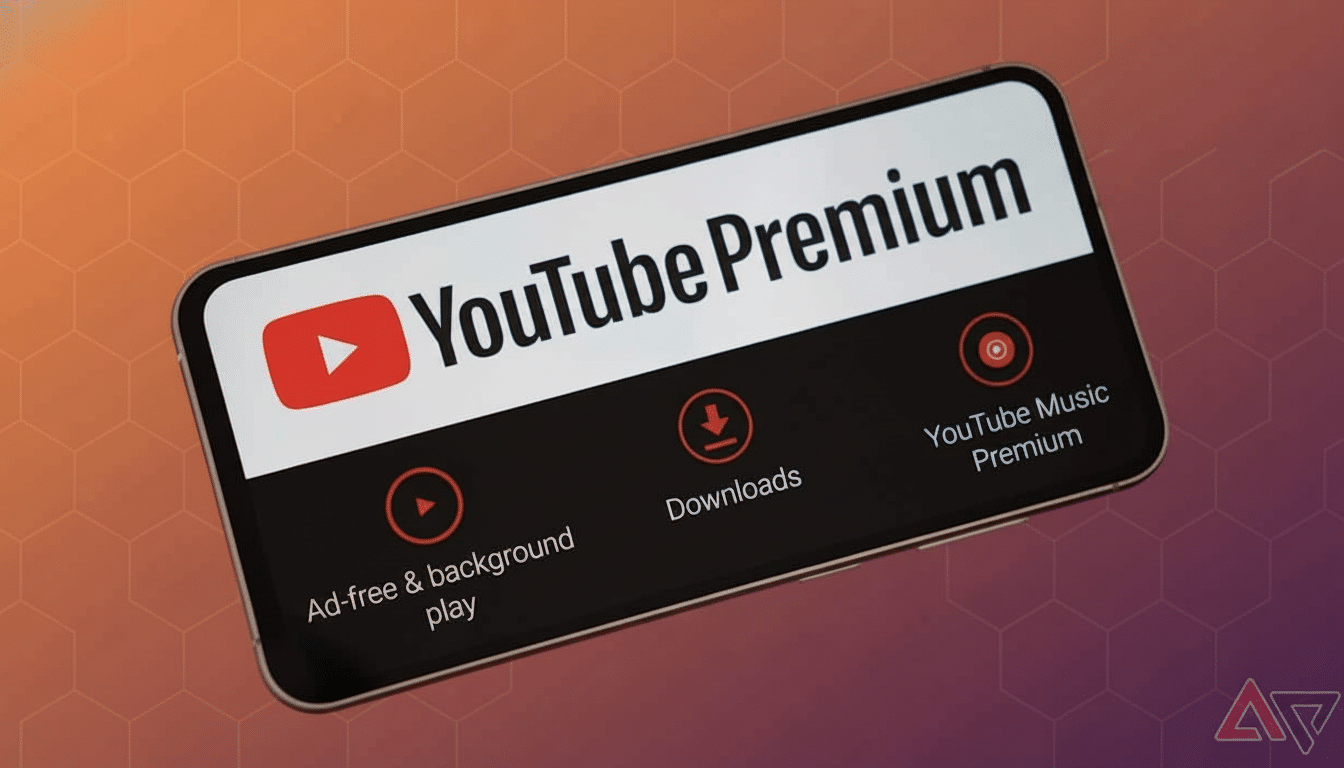Without that, YouTube Premium does away with ads and offers the ability to play in the background or offline. It’s a strong baseline. But for power users, the service still seems like a blunt instrument when a scalpel could have sufficed. With more than 100 million YouTube and YouTube Music subscribers globally, according to Google — and YouTube often topping U.S. streaming share in Nielsen’s The Gauge reports — the audience is significant, not a niche or fringe constituency of youths repeating stunts they pulled from Go, of course; it’s ‘Teach me how to do that so I can play along too!’ If YouTube is going to try to defend Premium in a world where subscription costs are rising, it needs pro-level control.
Here are five enhancements that would catapult Premium to what might reasonably be considered “premium.”

They’re the kind of features that remove friction, acknowledge user intent and — importantly — save time. I’d pay more for them.
Take Back the Home Feed with Better Controls
Your current Home feed is built off of algorithmic approximations. Helpful, yes, but it only provides users with narrow dials with which to steer what materializes. A Premium-first home would offer obvious controls, including a slider to balance Subscriptions vs Recommendations, filters for “Most Recent,” “Most Liked” or “Most Watched,” and a visible toggle that allows zero Shorts to appear. Allow users to dismiss Breaking News rows, Members-only teasers and community posts.
There is evidence that viewers crave this precision. A Mozilla Foundation investigation of recommendation tools found that “Not Interested” and its ilk “do little to alter what the algorithm serves up.” There’s no reason that premium subscribers shouldn’t receive a clear, rules-based feed and get to tinker with it instantly — no guesswork, no fooling around retraining the thing forever.
Bonus quality-of-life: adjustable thumbnail density on grid views, and the ability to pin multiple custom feeds to the top (e.g., homemade “Tech Today,” “Football Recaps,” “Cooking Projects”). That’s actual personalization — not personalization theater.
Per-channel playback profiles across devices
Not all channels deserve the same speed, captions or quality. Premium per-channel playback profiles that sync across devices:
- 1.75x for lectures
- 1.0x for music/comedy
- Auto-translated captions for foreign-language creators
- Default to 4K for sports; default to 1080p on commentary to save bandwidth
Control it once and it works on mobile, web and TV.
It’s the norm in other genres. Podcast apps allow you to establish per-show speed and skip-intro settings; streaming services remember subtitle preferences by profile. On YouTube, where one account may contain a lifetime’s worth of cooking tutorials, esports finals and language lessons, switching to per-channel defaults is an overdue upgrade that makes Premium feel personalized rather than generic.
Blocklists and keyword filters that are real
“Don’t recommend” is useful but toothless when you really want the thing gone. Premium should include a universal blocklist: ban individual channels and keywords/hashtags (including formats, like Shorts or livestreams) from Home, Up Next and search. Make it reversible and transparent, and allow users to see which rules led to the takedown of which videos.

There’s an argument for greater control that transcends efficiency. And studies that have looked into recommender systems have shown just how hard it is for users to navigate around in a meaningful kind of way, and how easy it is for low-quality or repetitive content to pop back up. A legitimate blocklist would be a pressure valve for mental health, time management and brand suitability in households.
Think use cases: silence “transfer rumors” outside of soccer’s transfer window; mute AI voiceover travel spam; suppress spoilers about a show until you get around to it. Power users would migrate to this on Day 1.
Subscription folders and smarter personalized digests
“Subscriptions” is chaos for most of us. There should be folders or tags — Sports, Tech, Food, Music are a few possible topics Premium can offer — and each folder should allow you to create your own feed and notification rules. Want a 7 p.m. daily digest of the biggest stories in tech but instant alerts on the most interesting rumors and reviews during matches? Done.
Folders would also decrease cognitive load on TV and mobile. Tap to switch modes, and your Home view, Up Next screen and recommendations are tailored accordingly. This is also consistent with the way people already think: we watch in themed sittings. Give the power watchers some structure, and you’ll give them their time back.
A premium TV app and a flexible power-user mode
YouTube has made its way onto TV screens. Nielsen data has YouTube consistently taking the largest streaming share, and commentary on Alphabet earnings calls has focused on growth in the living room. But the TV app remains the least flexible surface.
Premium needs a TV-first makeover: sortable Subscriptions (A–Z, Most Recent), custom rows, quick-access overlays for speed and captions and audio tracks and chapter lists. Give us a “Power-User Mode” with fine-grained quality controls (AV1, VP9, H.264; bitrate caps), default HDR preferences, and for those who choose it, a Stats for Nerds panel that doesn’t have to be selected again every time the conditions warrant turning it on.
Controversial but useful: a SponsorBlock-style toggle for skipping creator-tagged ad reads or chapter-prefixed promotions. A good middle ground would be to allow creators to announce and monetize sponsor segments while still offering Premium viewers an escape button. Add in more intelligent offline rules — download the latest from selected folders overnight, on Wi‑Fi only; full-series link — and you have a TV experience that finally feels worthy of the subscription.
But YouTube has unrivaled scale — it is the second most visited site on the web, after Google’s search engine — as well as a coveted creator ecosystem and ad revenue that in recent financial quarters has frequently exceeded $8 billion. It should scale, premiumizing the tools that respect user intent. Lend power watchers real controls — feed dials, playback profiles, real blocklists, organized subscriptions and a TV app built for experts — and many of us will not only keep subscribing. We’ll pay more.

